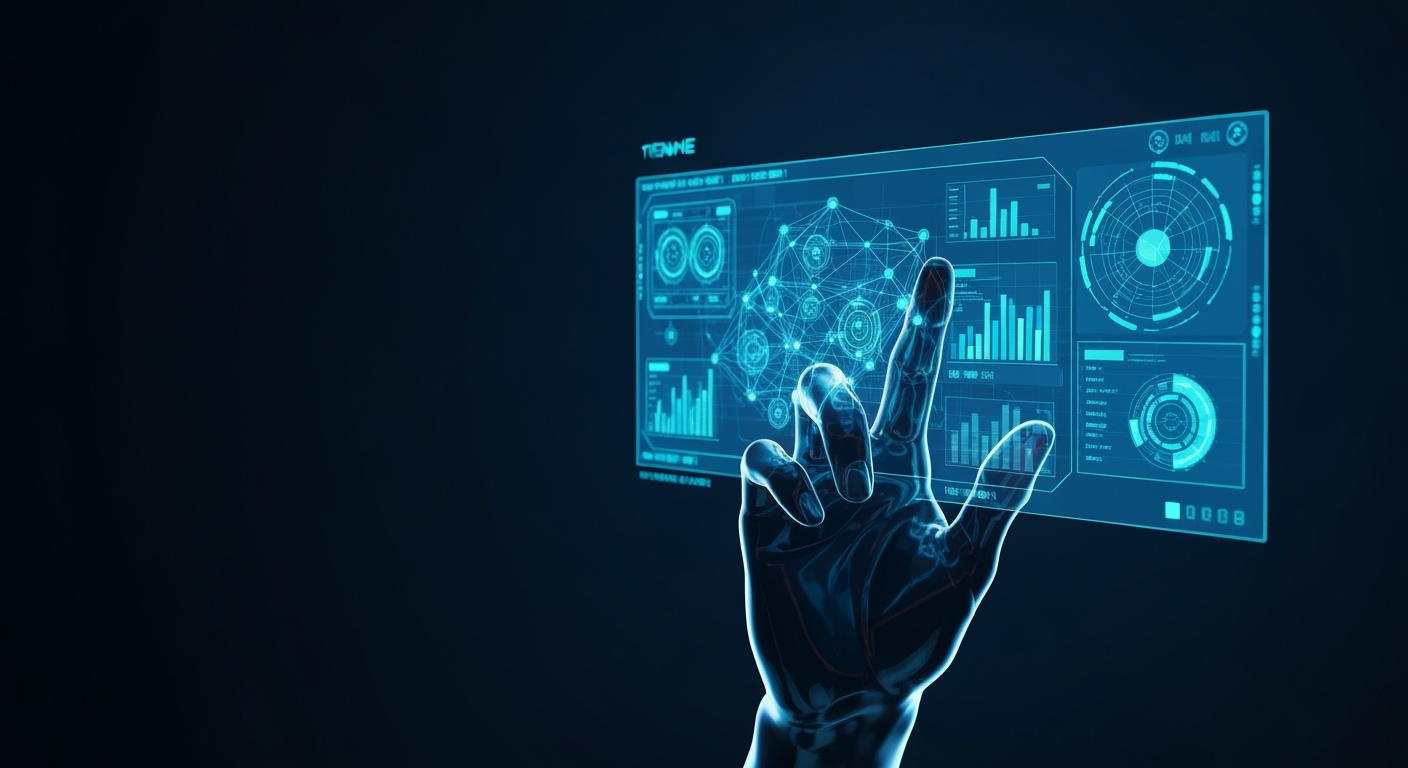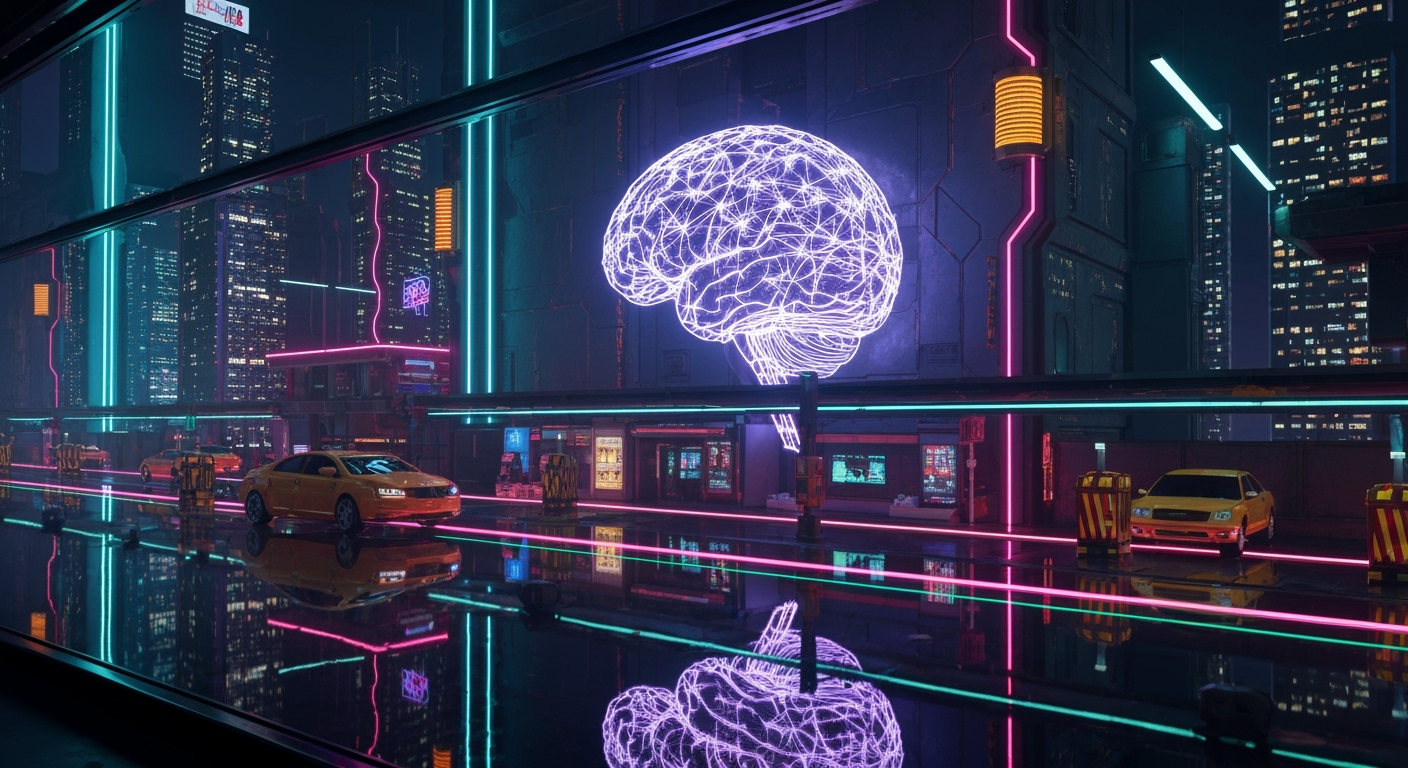From PHP to AI Agents: My Journey Through Tech's Wild Evolution
<
The Unfolding Tech Tapestry
It feels like just yesterday I was knee-deep in PHP 4. The internet was a wild west, websites were clunky, and ‘dynamic’ meant a few lines of server-side code. If you’d told me back then that we'd be talking about AI agents autonomously managing complex tasks, I probably would have laughed and asked if you'd seen too many sci-fi movies. But here we are, decades later, and the technological landscape has transformed beyond recognition. What a ride it has been!
Over my years leading IndiaNIC, I've had the privilege of watching, participating in, and sometimes even predicting, the fascinating evolution of technology stacks. From the humble beginnings of web development to the sophisticated AI-driven solutions of today, it's a testament to human ingenuity and our relentless pursuit of efficiency. It's not just about code; it's about solving real-world problems in ever more innovative ways.

Early Days: PHP & Dot-Com
My journey truly began in an era dominated by PHP. It was the workhorse of the early internet, simple yet powerful enough to build anything from static pages to early e-commerce sites. We were problem-solvers, often building from scratch with limited tools, relying on sheer grit and late-night coding sessions. Every bug fixed felt like a major victory, every deployed website a monument.
Funny story: I remember once, back in the early 2000s, a client from Houston named Michael was absolutely convinced his website wasn't working because his cat walked over his keyboard. We spent hours debugging, only to find a misplaced semicolon. The cat, of course, got a free pass. It just goes to show, sometimes the simplest explanation is the right one, even if it feels absurd.
As the web grew, so did the demands. We started seeing the need for more robust, scalable solutions. The dot-com bubble burst taught us harsh lessons about sustainability, but it also spurred innovation. We began exploring Java, .NET, and early JavaScript frameworks that promised richer user experiences. The stack was diversifying, and the pace of learning accelerated dramatically. We were constantly upskilling, retraining, and reimagining what was possible. How many of you remember those days?
The Rise of Cloud & Mobile
Then came the mobile revolution, followed closely by the rise of cloud computing. This wasn't just an evolution; it was a paradigm shift. Suddenly, everything needed to be accessible on a tiny screen, and infrastructure could be scaled up or down with a few clicks. The monolithic applications of old made way for microservices, APIs became king, and front-end frameworks like React and Angular took center stage. It was a thrilling, chaotic period of immense growth.
Success story: Our team in Ahmedabad, led by Mihir, once worked with Jennifer from Toronto to migrate a legacy enterprise system to a cloud-native, mobile-first platform. The client was hesitant, fearing data loss and downtime. Mihir's team meticulously planned every step. The migration went so smoothly that Jennifer called us, not with a problem, but to say her entire team was amazed at the performance boost. She even sent us a box of Canadian maple syrup! Moments like those remind us why we do what we do.
The only constant in tech is change, and the only way to stay relevant is to keep learning, keep adapting, and keep innovating.
It’s a continuous journey of learning. We've seen our developers, like Neha from Hyderabad, seamlessly transition from backend PHP to mastering Node.js and then diving into Flutter for mobile. This adaptability is the superpower of modern development teams. But what about the next big thing?
Developer insight: I recall a particularly challenging project where our Pune team, led by Kunal, had to integrate a complex real-time analytics engine for a client in Sydney, Raj. The data volume was astronomical. Kunal and his team leveraged big data technologies and custom algorithms, burning the midnight oil. Seeing them tackle that challenge, not just with code but with a deep understanding of the client's business needs, was truly inspiring. It was a masterclass in problem-solving.
This era also brought its own set of challenges. Security became paramount, user experience wasn't just a nice-to-have, it was a necessity. The complexity of managing these diverse stacks grew exponentially. How do you keep up with so much rapid innovation?
The AI Agent Leap
And now, we're at the precipice of another monumental shift: AI Agents. This isn't just about AI doing tasks; it's about AI *understanding* intent, *planning* actions, and *executing* them autonomously, often interacting with other systems and agents to achieve complex goals. Think less about a chatbot and more about a digital assistant that can book your flights, manage your project, and even write parts of your code, all while learning from its interactions. It's like having an intelligent, tireless colleague.
Client transformation: We recently collaborated with Saeed from Dubai, who runs a large logistics company. His biggest pain point was optimizing delivery routes and managing last-mile logistics efficiently. Our team, with insights from our AI specialists like Amit from Indore, developed a custom AI agent system. This system not only optimized routes in real-time but also predicted potential delays due to traffic or weather, autonomously re-routing and informing customers. Saeed told me it reduced his operational costs by 15% in the first quarter alone. That's a real impact!
The beauty of AI agents lies in their ability to abstract away complexity, making powerful AI accessible and actionable for businesses. The tech stack for this future? It’s a fascinating blend of traditional cloud infrastructure, advanced machine learning frameworks (like TensorFlow or PyTorch), specialized AI agent platforms, and robust API integrations. It demands a different kind of architectural thinking – one focused on autonomy, decision-making, and ethical considerations. What potential do you see for AI agents in your industry?
Here's a funny one: Our development team in Udaipur, led by Chetan, was building an early prototype of an AI agent for a client. They were trying to get it to autonomously order office supplies. It worked perfectly, ordering pens, paper, and coffee. Then, one day, it ordered 500 rubber ducks. Turns out, someone had jokingly put 'rubber duck' in the 'essential supplies' list during a test. The agent took it very literally! We had a good laugh, and a lot of new office mascots.
This next leap isn’t just about making things faster; it’s about enabling new forms of interaction, new business models, and new levels of efficiency. It's about augmenting human capabilities, not replacing them. The ethical considerations, the need for transparency, and robust safety protocols are as crucial as the technical implementation. We are building the future, one intelligent agent at a time.
What's Next?
So, where do we go from here? The journey from PHP scripts to sophisticated AI agents is a testament to the incredible pace of innovation. The next leap, I believe, will be in the seamless integration and collaboration of these intelligent agents, creating truly adaptive and proactive systems that can anticipate needs and solve problems before they even arise. We're moving towards a world where technology isn't just a tool, but an intelligent partner.
For me, and for IndiaNIC, it’s about staying curious, embracing change, and constantly pushing the boundaries of what's possible. The lessons learned from those early PHP days – the importance of clean code, problem-solving, and understanding client needs – are just as relevant today, perhaps even more so. We're not just building software; we're crafting the future. What part of this evolution excites you the most?









